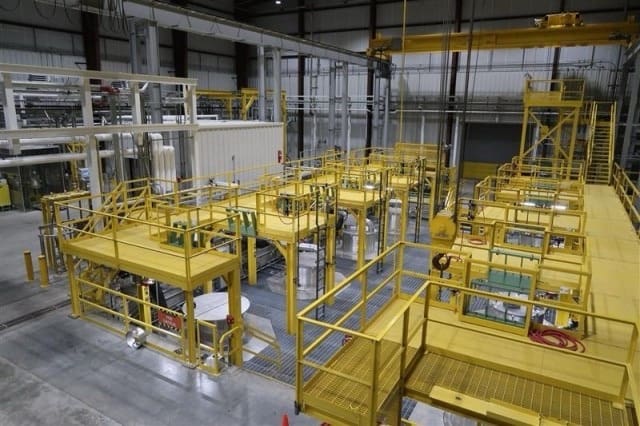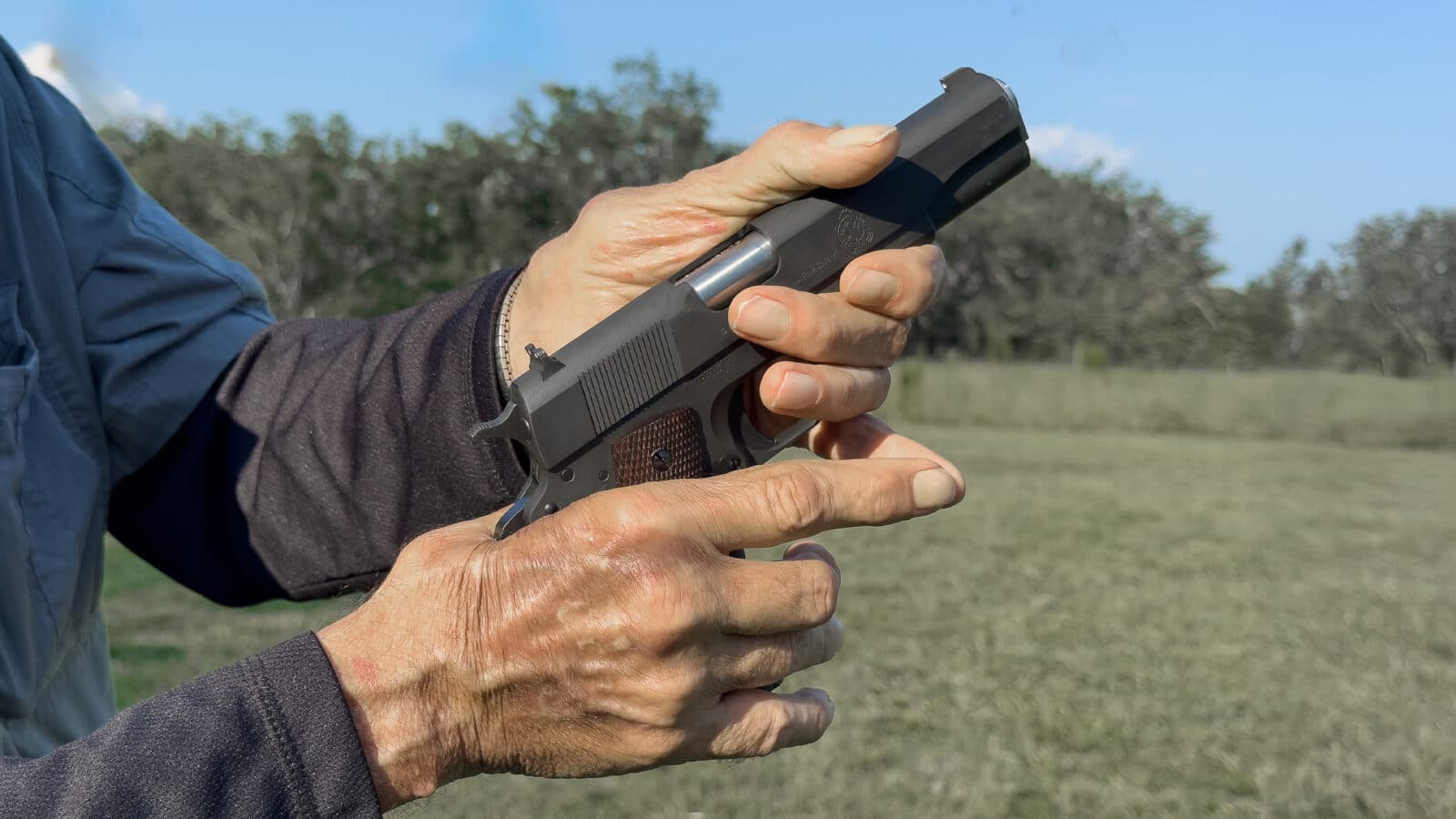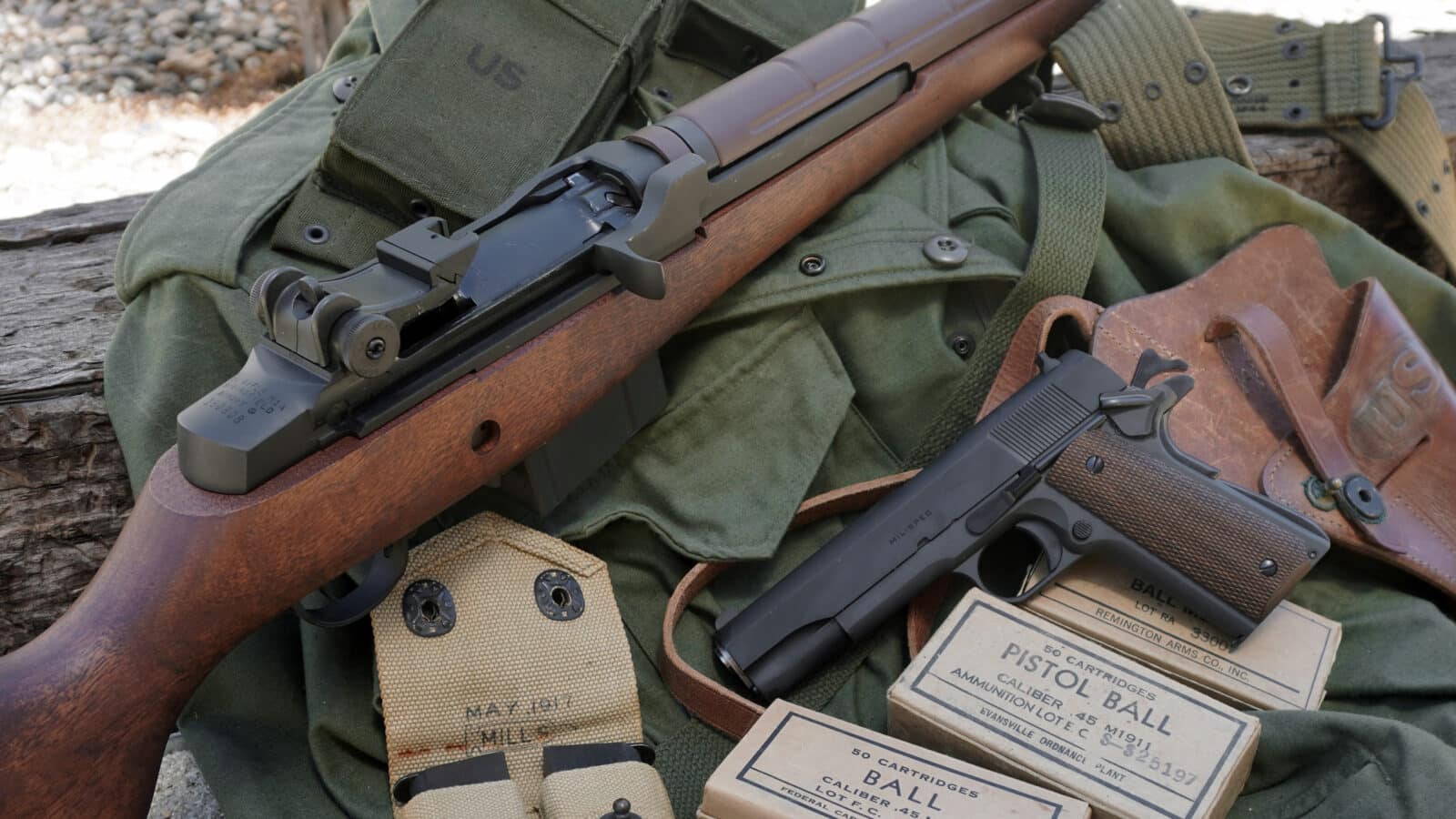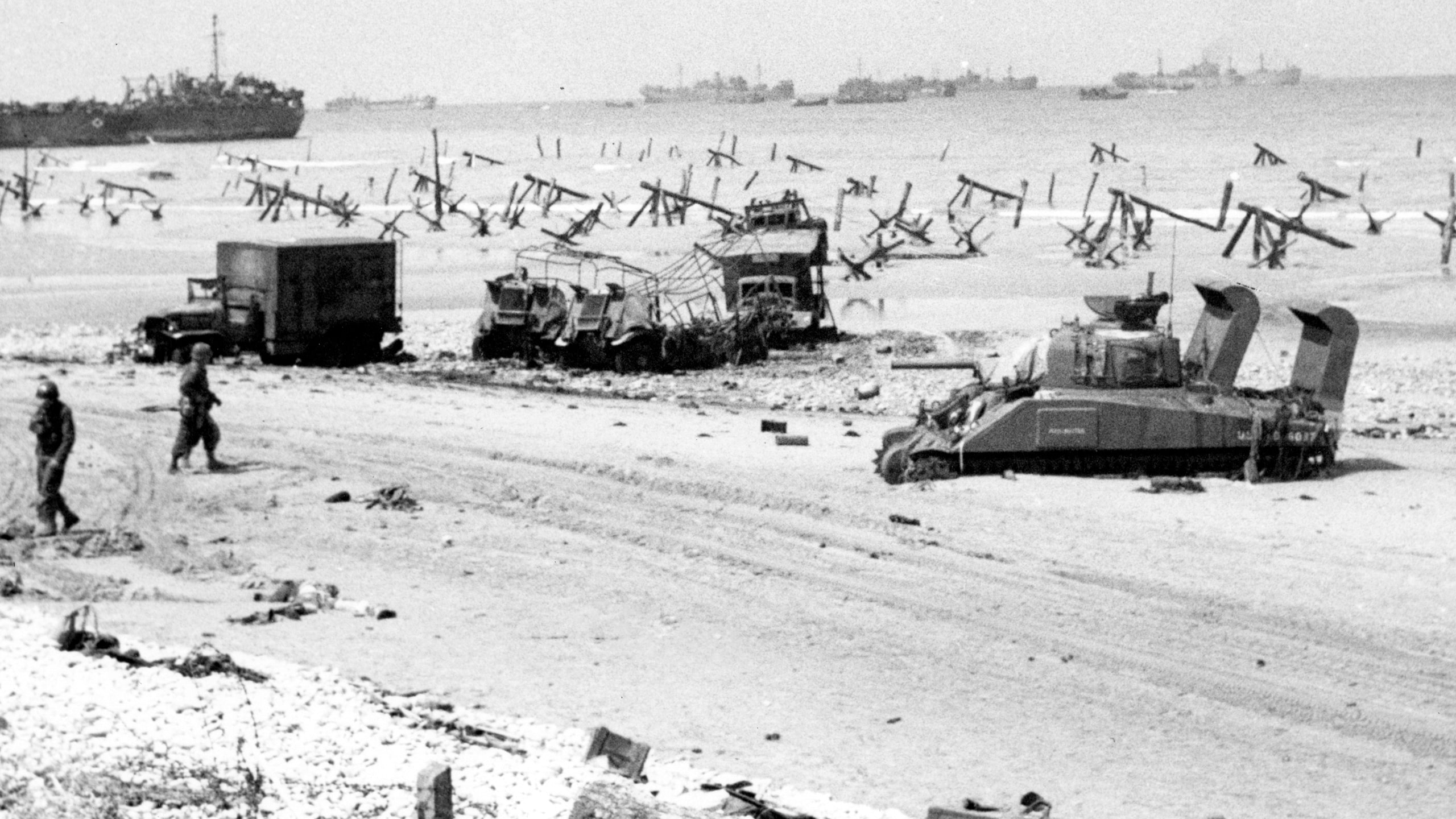MCALESTER, Okla. — Thanks to cutting-edge technology, the Multi-Purpose Load Facility, or MPLF, at the McAlester Army Ammunition Plant in Oklahoma is revolutionizing the way large-caliber munitions are loaded.
Jointly developed by the Army and Air Force, the $58 million facility streamlines multiple loading operations into a single, centralized location. This integration significantly boosts both worker safety and production efficiency.
The vision for MPLF began several years ago as MCAAP searched for a home for full-rate production of unique penetrator assets. An underutilized facility was identified, the Air Force provided funding, and the concept took root with a focus on flexibility and adaptivity.
MCAAP self-executed the project using advanced in-house engineers, a robust artisan workforce and a skilled procurement staff. The project began with a relatively small amount of facility modifications which led to the ability to implement new industrial processes through the installation of state-of-the-art explosive loading equipment.
“The MPLF stands as a testament to what happens when joint forces have a common goal in mind,” said Col. Curtis Perkins, MCAAP’s commander. “The future of defense is shaped every day at McAlester through relentless innovation, unwavering commitment, safety, and precision in execution.”
At the heart of the MPLF is a bladeless, resonance-based mixer capable of processing 55-gallon batches of energetic materials. This advanced system reduces mixing times from hours to mere minutes, resulting in significant increases in efficiency and substantial cost savings.
“What happens here inside the MPLF isn’t mixing,” Perkins said. “It’s the critical path where resources, speed, precision and purpose converge to drive the production mission forward.”
Designed to support precision near-net-shape manufacturing, the MPLF represents a major leap forward in energetic material production, with enhanced safety protocols embedded throughout its operations. It is designed with a focus on flexibility and enhanced quality throughput transitioning operations from World War II era facility constraints to a more modern work environment.
“The MPLF serves as a prime example of joint service collaboration with the common goal of providing increased readiness and lethality to the warfighter,” Perkins said. “This teaming concept has helped to modernize one of our nation’s most important insurance policies while highlighting the talent that exists in our organic workforce. It is a true OIB success story.”
By Matthew Wheaton, Joint Munitions Command, Public and Congressional Affairs
You can skip to the end and leave a response. Pinging is currently not allowed.
Read the full article here








Leave a Reply